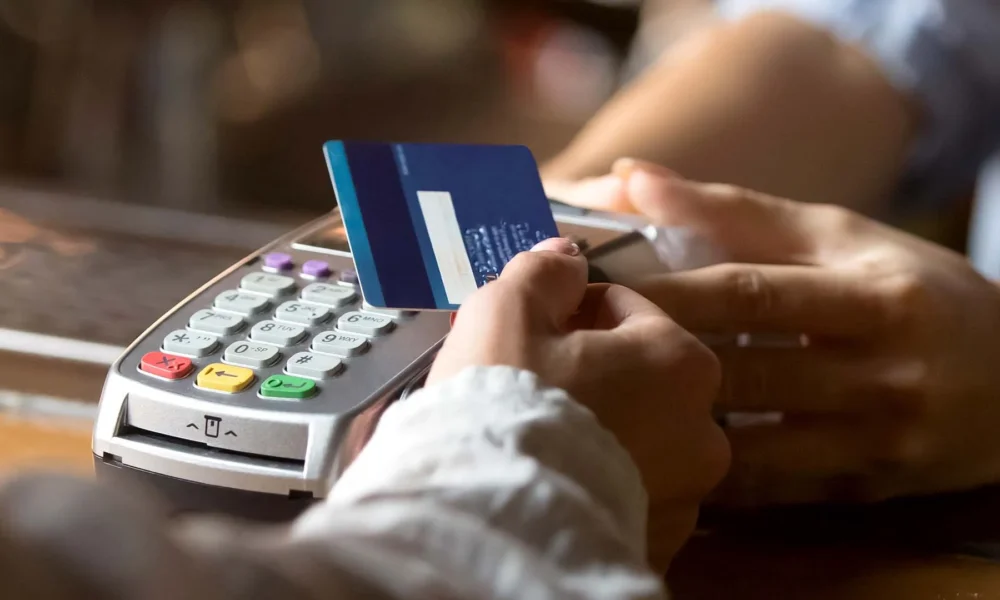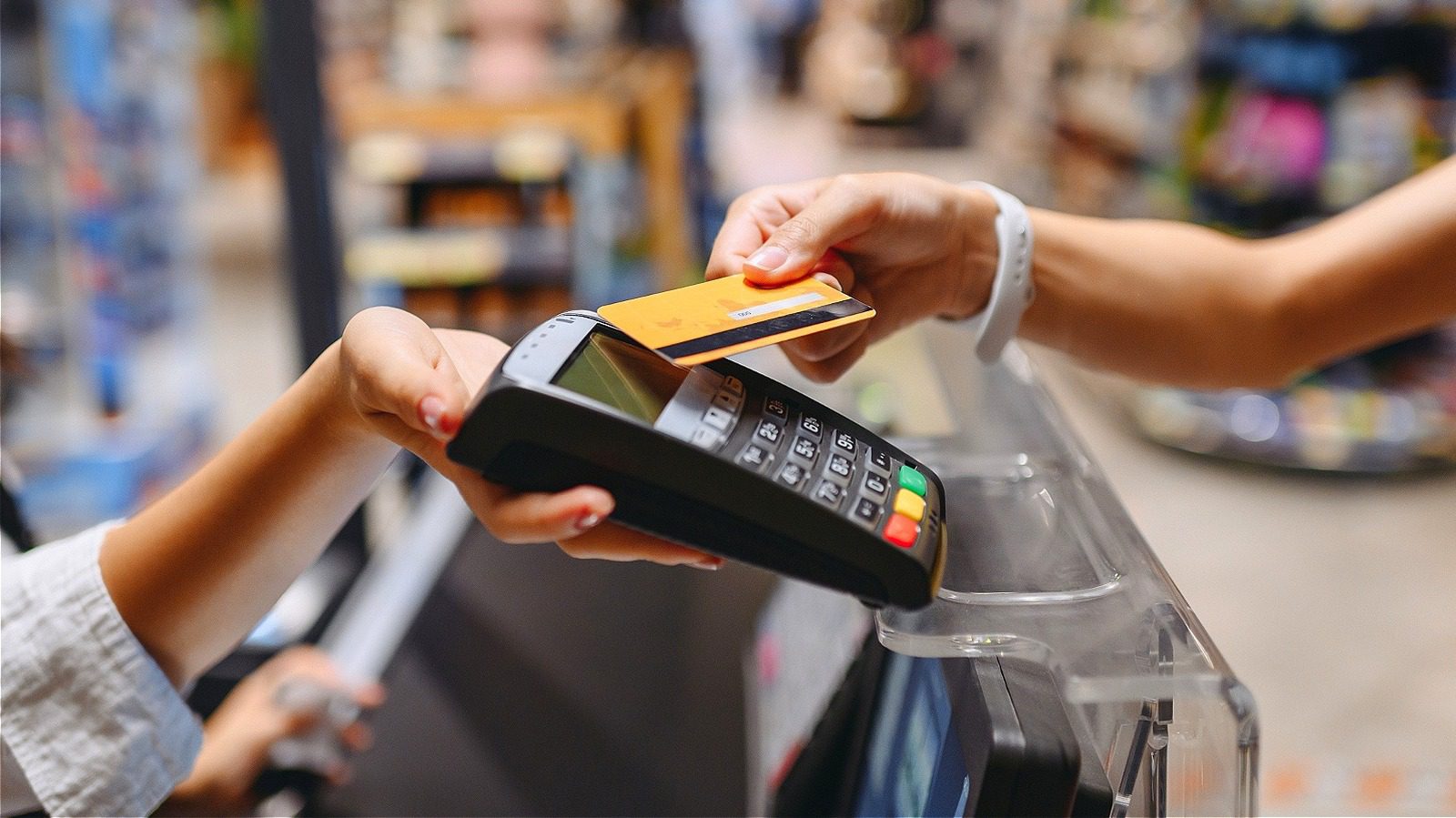Early Warning Signs of Online Credit Card Skimming: An Expert's Guide

Introduction In the sophisticated world of digital commerce, the threats to our financial security have become equally advanced and alarmingly stealthy. Gone are the days when online fraud was easily spotted. Today, we face covert attacks that operate silently in the background of legitimate websites we trust. This guide is designed to move beyond generic advice, providing a technical breakdown of the early warning signs of online credit card skimming. We will explore what digital skimming is, how it operates, and most importantly, how you can detect its subtle footprints before your data is compromised. The financial and psychological impact of this fraud is severe, but by empowering yourself with expert knowledge, you can build a formidable defense against these invisible threats.
What is Digital Skimming?
Unpacking the Stealth Threat Digital skimming, also known as web skimming or Magecart, is a cyberattack where malicious code is secretly injected into an e-commerce website’s payment processing page. Unlike physical skimming, which requires a compromised card reader, online skimming happens entirely within your web browser. When you enter your credit card details on an infected checkout page, this malicious JavaScript code captures your information card number, expiration date, CVV, name, and address in real-time and sends it directly to a server controlled by the attackers.
These attacks are notoriously difficult to detect because they don’t disrupt the transaction. Your purchase goes through as normal, and you receive a confirmation email, leaving you completely unaware that your financial data has been stolen. This is the core danger of browser-based skimming: it exploits the trust between a consumer and a familiar online store.
How Online Skimmers Operate
The Technical Overview Attackers use several methods to inject their malicious skimming code into a website. According to research from security firms like Sucuri https://sucuri.net common vectors include:
Compromised Third-Party Scripts: Many websites use third-party services for analytics, customer support chat, or advertising. If one of these services is breached, attackers can inject their skimming code, which then gets loaded onto every website using that service.
Vulnerable Plugins and Extensions: E-commerce platforms often rely on plugins for added functionality.
Outdated or poorly coded plugins can provide a backdoor for attackers to gain access and modify website files.
Direct Server Breaches: In more targeted attacks, cybercriminals may exploit a vulnerability in the web server itself to gain access and plant the skimming script directly into the payment page’s source code.
Once the code is active, it waits for a user to visit the checkout page. It then scrapes the payment form fields as they are filled out and exfiltrates the data to a remote server, often disguised to look like a legitimate domain.
Key Early Warning Signs:
Technical Indicators of a Skimming Attack Identifying an active skimming attack requires vigilance and an eye for subtle digital anomalies. Here are the technical indicators you should watch for, which serve as crucial signs of online skimming.
Anomalous Website Behavior & Visual Cues One of the most common skimming attack symptoms is when a website acts strange during checkout. Pay close attention to these irregularities:
Unexpected Redirects: If the checkout page briefly redirects you to an unfamiliar URL before returning you to the confirmation page, this is a major red flag.
Slow Loading Times: Malicious scripts add overhead. If the payment page is unusually sluggish or freezes for a moment after you click “submit,” it could be the skimmer exfiltrating your data.
Subtle Form Field Changes: The payment form might look slightly different. Fields may be misaligned, the font might change, or an extra, unexpected field might appear. Sometimes, the payment form appears in a pop-up or an iframe that looks slightly “off.”
Suspicious Network Requests & Console Errors For the more technically inclined, browser developer tools are your best friend for script injection detection.
Click on the “Network” tab.
As you fill in your payment details and submit the form, watch the list of network requests. Look for requests being sent to suspicious or unrelated domains, especially domains you don’t recognize as being part of the e-commerce site or a known payment processor. A skimming script will often send your data via a POST request to an attacker-controlled server.
You can also check the “Console” tab for unusual JavaScript errors that might indicate conflicting or malicious scripts are running on the page.
Post-Transaction Red Flags & Financial Indicators Sometimes, the first sign you’ll get is after the fact. Knowing how to know if your card was skimmed online often comes down to monitoring your accounts.
Micro-Transactions: Attackers often test a stolen card with one or two very small “test” charges (e.g., $0.50 or $1.00). If you see these tiny, unauthorized credit card transactions, it’s a strong indicator your card data is active on the black market. Immediate Fraudulent Charges: Following a successful test, criminals will quickly make larger purchases before the card is canceled. Unexpected International Transaction Fees: Even if the fraudulent charge is blocked, you might see a foreign transaction fee on your statement, revealing the attacker’s location.
URL and Security Certificate Irregularities Always verify the security of the page you are on before entering payment details.
Check for HTTPS: The URL must begin with https://, and you should see a padlock icon in the address bar. Inspect the Certificate: Click the padlock icon to view the site’s security certificate details. Ensure it was issued to the correct company and is still valid. Scrutinize the Domain: Attackers may use “typosquatting” domains (e.g., amaz0n.com or payment-walmart.com) that look legitimate at a glance. Double-check that you are on the correct, official domain.
Proactive Measures: Fortifying Your Digital Defenses Against Skimming While detection is critical, prevention is paramount. Adopting these credit card fraud prevention tips and online security best practices can significantly reduce your risk.
“The battle against digital skimming is fought at the browser level. Attackers are no longer just breaching servers; they’re manipulating the user’s experience in real-time. Vigilance during the checkout process is the consumer’s most powerful defense.” – Financial Security Expert, Kingcreditweb.
Implementing Robust Password and Authentication Hygiene
Your first line of defense is strong account security.
Unique Passwords: Use a unique, complex password for every online account, especially for e-commerce sites where your card is stored. A password manager is an excellent tool for this. Multi-Factor Authentication (MFA): Always enable MFA whenever it’s available. This adds a critical layer of security that can prevent an attacker from accessing your account even if they have your password.
Diligent Financial Monitoring As recommended by the PCI Security Standards Council (PCISSC.org) https://www.pcisecuritystandards.org, regular monitoring is non-negotiable. Set Up Transaction Alerts: Configure your bank and credit card accounts to send you real-time text or email alerts for every transaction. This allows you to detect fraudulent charges instantly. Review Statements Weekly: Don’t wait for your monthly statement. Log in to your accounts weekly to review transactions and ensure everything is legitimate.
Understanding Broader Online Financial Fraud
Beyond Skimming Digital skimming is just one piece of a much larger ecosystem of online financial fraud. Understanding this landscape is crucial for comprehensive protection. Criminals who steal credit card data through skimming often sell it on the dark web, where it is purchased by others for various illicit activities. One such activity is known as “credit card cashing.”
The Illegality and Risks of “Credit Card Cashing” and Related Practices Some individuals may be tempted by services that offer to convert a credit card’s available limit into cash. This practice is not only dangerous but also illegal. Here is a critical overview of this specific type of online card fraud:
Merchants might engage in “card fraud” by pretending to sell non-existent goods or services. This is done to help a cardholder disburse cash illegally, a practice known as 신용카드 현금화 (credit card cashing). This act is explicitly illegal under Article 70, Paragraph 2, Subparagraph 2, Item 2 (a) of the Credit Finance Business Act. Anyone caught engaging in this act, whether providing or receiving the service, can face legal punishment, including up to 3 years in prison or a fine of up to 20 million won.
Engaging in such activities can lead to severe legal consequences and long-term financial damage. It’s essential to work with legitimate and transparent financial service providers. As a solid company, Kingcreditweb provides the confidence and service our clients need to navigate their financial situations responsibly and legally. For more information on navigating financial challenges the right way, see the full guide.
Conclusion
The threat of online credit card skimming is persistent and evolving, but it is not unbeatable. By recognizing the early warning signs from a website acting strange during checkout to subtle changes in network activity you can take control of your digital security. A proactive and technically informed approach is your strongest asset. Combine this vigilance with robust preventative measures like using virtual card numbers, enabling multi-factor authentication, and diligently monitoring your financial statements.
Understanding the broader context of financial fraud, including the severe risks of illegal practices like credit card cashing, further empowers you to make safe and informed decisions. Your financial security is worth protecting with knowledge and caution.
Facing financial challenges or need expert guidance on protecting your assets? Contact Kingcreditweb today https://kingcreditweb.com/%eb%ac%b8%ec%9d%98%ed%95%98%ea%b8%b0 for fast, confident, and reliable financial service.






